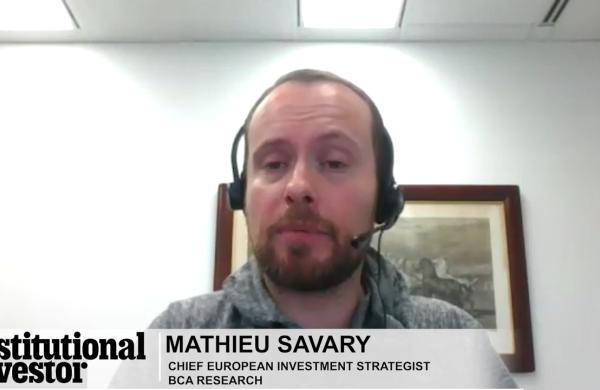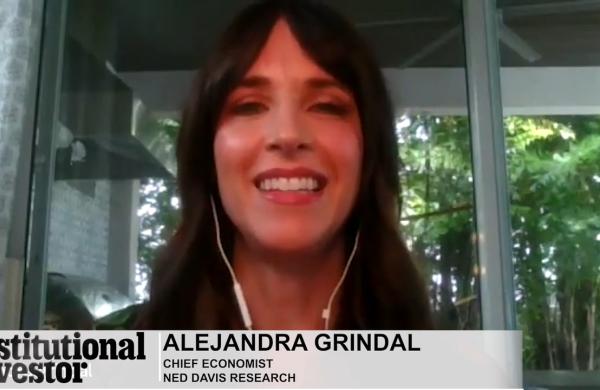Looking for a haven from stock market volatility but leery of interest rate risk, more and more investors are moving into short-term bond funds.
By Eric Uhlfelder
August 2001
Institutional Investor Magazine
The Investment Company Institute reports that for the first four months of 2001, the category (defined as bonds with average maturities of one to four years) collected net new cash flow of $26.67 billion. At the end of April, short-term bond funds reported $117 billion in total assets.
As a group, the funds are performing well. The category returned 8.2 percent last year, compared with a 5.8 percent return for the average money market fund and a 0.06 percent loss for the average domestic equity fund. Through July 13, short-term bond funds returned 4.43 percent, versus a 2.44 percent gain for money market funds and a 6.28 percent decline for domestic equity funds.
A quick glance at the Treasury yield curve tells much of the story. Year-end 1999's sharply ascending yield curve quickly inverted in early 2000 when the Federal Reserve Board changed its monetary policy. Between January and May 2000, the Fed pushed up short-term rates by 100 basis points.
Predictably, rising short- and long-term rates created uncertainty and dampened demand for bond funds of all sorts. But the subsequent combination of collapsing stocks, the government buyback of a portion of outstanding Treasury debt and signs of a slowing economy set the stage for the recent bond rally. No longer inverted, the yield curve beyond two years has risen considerably since the end of March 2001, trending closer to its pre-2000 form.
Typically, short-term bond funds have been able to capture up to 90 percent of the highest interest rate along the yield curve. Says Catherine Gordon, a portfolio review specialist and principal at Vanguard Group, "Short-term bond funds are a great alternative to money market funds, since they offer greater returns with only slightly more volatility."
Among the top-performing short-term bond funds that have earned Morningstar's five-star rating, value-oriented Metropolitan West Low Duration Bond Fund has generated an impressive total return of 9.28 percent for the year through July 13, and three-year annualized returns of 7.09 percent.
With the ability to invest up to 35 percent of assets in junk bonds, the Dreyfus Short-Term Income Fund is up 10.62 percent for the past 12 months, with three-year annualized returns of 6.79 percent, compared with 9.32 percent and 5.85 percent, respectively, for the average short-term bond fund.
As a group, portfolio managers look for asset rotation among sectors and among different bond categories. They also try to spot improving credit quality ahead of rating changes.
For example, last year Tad Rivelle, co-manager of Metropolitan West Asset Management's short-term product, found that the rating agencies were caught off-guard by Conseco's 2000 earnings restatement, which cut profits by more than 40 percent, to $590 million.
The agencies took the company's senior debt down four notches, to double-B, and its 6.4 percent coupon bonds due June 15, 2001, fell to 80, producing an eye-popping 25 percent yield to maturity. Rivelle, noting that Conseco had assets of $7 billion against senior debt of just $4.5 billion, thought the bonds were a good buy. "We viewed Conseco's larger financial picture as basically sound," he says. On June 15 the bonds were paid off, and Conseco regained its investment-grade status.
Some students of market history wonder if the performance of short-term bond funds may soon fizzle. They point to a recent Morningstar study, which found that during the last 50 years, there have been only four periods - 1952-'53, 1969-'70, 1973-'74 and 1981-'82 - when bond funds outperformed stock funds for two years in a row. It's looking increasingly like 2000-'01 will be the fifth. A third year of outperformance would be unprecedented.





